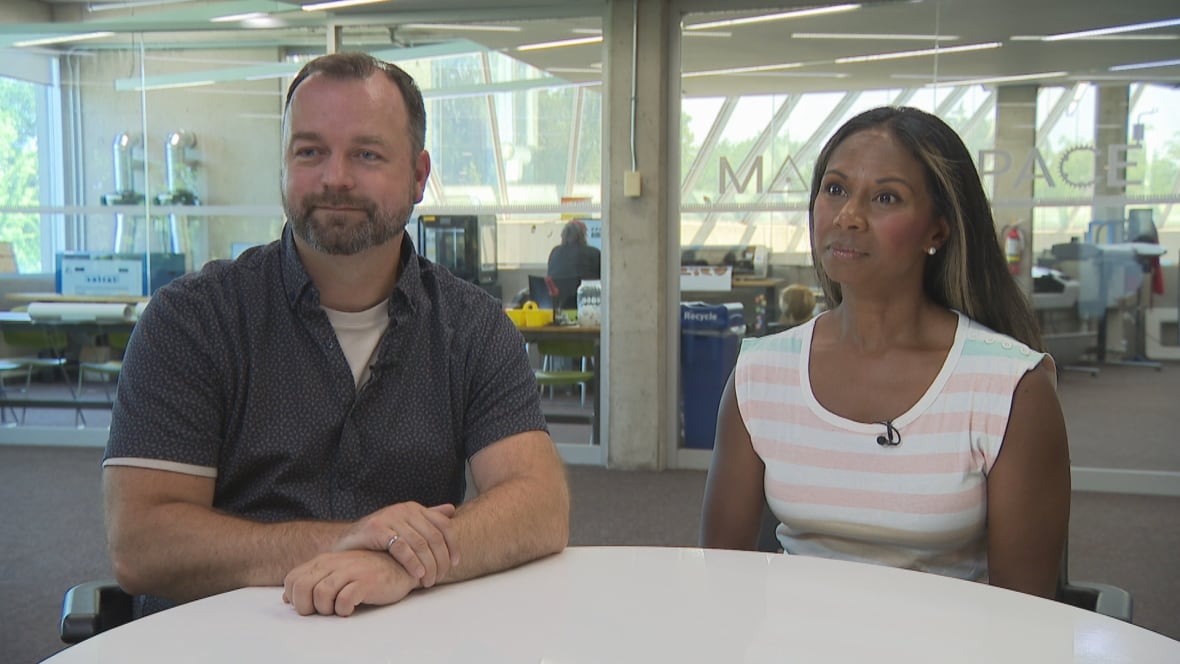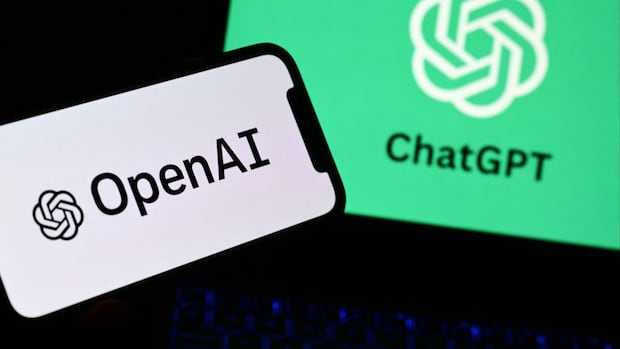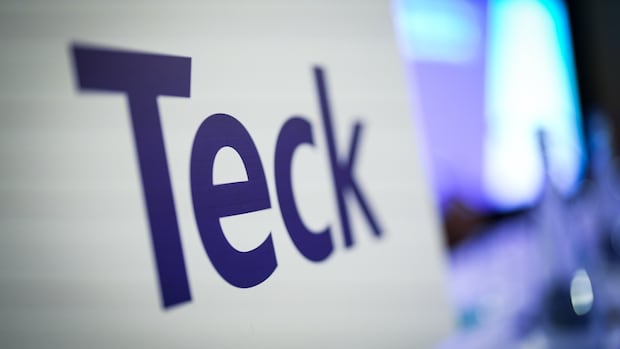[published_date]
Even during the summer break, Ontario high school teachers Jamie Mitchell and Tamara Phillips know that many conversations they’ll be having with their colleagues come fall will focus on the use of artificial intelligence in the classroom.
Mitchell, who teaches math, and Phillips, who teaches English, are also instructional leaders, meaning they advise and lead their colleague on professional development.
Mitchell says teachers are “100 per cent” yearning for guidance on how to use AI in the classroom.
“By and large, there is a group of educators that feel that they need support in how to manage all the new issues that are coming up with respect to AI,” he said.

Since ChatGPT, the chatbot from tech company OpenAI, first reared its head in student work almost two years ago, the increasing prominence of AI in everything from research to office work means conversations have turned from whether or not to allow it in the classroom, to how best to use it for educational purposes.
“Binary thinking around ‘it’s good or bad’ should be tempered with the idea that, you know, learning and gaining knowledge about the tools that are at hand is really important,” said Phillips.
As artificial intelligence becomes a more popular tool, many teachers in Canada are looking for clearer instructions and policies on how to use it effectively in the classroom.
Teachers are ‘struggling on their own’
Earlier this summer, tech companies Microsoft, OpenAI and Anthropic announced they would be investing $23 million US into the National Academy of AI Instruction — an initiative developed in partnership with the second largest teachers’ union in the United States. The American Federation of Teachers says that over five years, the program aims to support 400,000 educators.
According to the Canadian Teachers’ Federation, the biggest teachers’ union in Canada, educators here don’t have anything like that, and certainly don’t have anything that’s been uniformly available across the country.
“Teachers are really struggling with artificial intelligence.They’re struggling on their own because there are no policies and frameworks put in place,” said Heidi Yetman, who spoke to CBC from Ottawa during her time as the President of the Canadian Teachers’ Federation. Her tenure ended last month.

In Canada, places like Alberta and Quebec have rolled out AI guidance for schools, mostly focusing on what constitutes acceptable and unacceptable use. Yetman says the guidelines are a “mishmash” and “all over the place.” She says the guidance isn’t specific enough and doesn’t offer true, meaningful education for teachers on potential and pitfalls of AI in the classroom.
CBC News reached out to provinces and territories to inquire about the level of support offered to teachers with respect to AI, and received a patchwork of responses.
British Columbia said that while the province has provided general guidelines, “school districts are developing their own local policies and approaches.”
The Newfoundland and Labrador Department of Education and Early Childhood Development said that in addition to general guidelines, “to date, nearly 2,000 NLSchools staff members have participated in AI professional learning sessions.” It noted that more training will be added to respond to the rapid evolution of AI technologies.
Information Radio – MBHow AI Is Changing the Way Students Learn—and How Teachers Teach
The diminishing role of teachers
Teachers also may need reassurance that they’ll still have a role in the brave new world where AI is part of education.
“In other words, can we use AI to replace a teacher? And, I hate to say it, but I think that we are headed in that direction,” said Yetman.
Johanathan Woodworth, the associate professor of education at Mount Saint Vincent University in Halifax, says anxiety around AI can change how teachers perceive themselves.

“For example, a lot of teachers are thinking, ‘If I integrate AI, am I actually the teacher who owns this? Who is pedagogically in charge of the teaching?’ “
Woodworth, who specializes in training aspiring teachers how to integrate technology into their teaching, says that no matter what form AI education for teachers takes in the future, teachers must be consulted.
Who should train teachers on AI?
One thing teachers, unions and professors of education seem to agree on is who shouldn’t be paying for teacher training. Most expressed concern about the motivations of tech giants in the U.S. that are investing in teacher training, and wouldn’t want to see it done in Canada.
“When the creators of various AI platforms are rolling out the learning, we aren’t necessarily embedding what we talk about as humanized pedagogy and the practices that are needed in classrooms to build integrity and AI literacy into that learning,” said Phillips, one of the teachers in Ontario.
Surveys suggest many students are using generative artificial intelligence in their work, with KPMG in Canada finding that nearly 70 per cent of students who use AI say they are not learning as much as a result.
She and her colleague Mitchell say teachers are finding their own ways to use AI ethically. Mitchell was an early adopter of ChatGPT, working it into his lessons.
“One of the ways that math teachers have been using AI is to teach students how to turn, say, ChatGPT into a tutor with some very intelligent prompting. And then arming that student with the ability to ask ChatGPT for math help when they’re at home, when they don’t have access to their math teacher,” he said.
Mitchell says it’s too late to pretend that AI won’t infiltrate every aspect of education, including how students learn and complete their assignments, and how teachers assess them.
“The reality is today’s AI is the worst AI that students are ever going to use,” he said. “And if teachers aren’t arming those students with the skills to work with AI ethically, with integrity, then we’re doing something wrong.”





